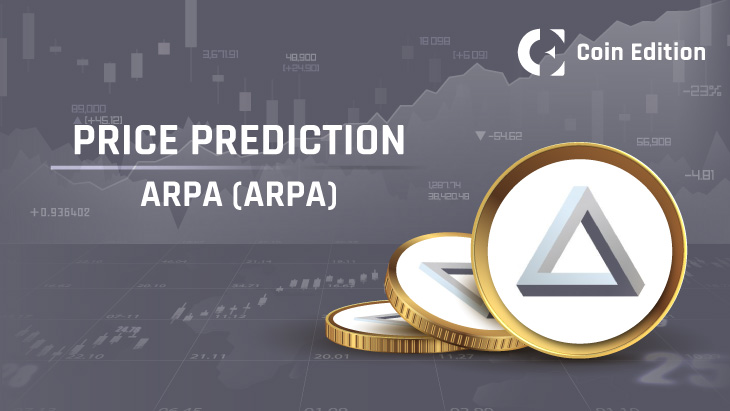- The TVL of liquid staking protocols rose above $8.3 billion.
- Ether.fi is leading the charge with $3.27 billion in TVL.
- Restaking protocols now control 5% of staked ETH.
Liquid restaking protocols have witnessed a surge in popularity amid the crypto market resurgence in the past few months. These protocols now control almost 5% of staked Ether (ETH), marking a shift in the dynamics of the sector.
As per the data highlighted by the pseudonymous decentralized finance (DeFi) researcher who goes by the X username @hildobby_, most of the ETH was staked in 2024, a year that has been quite positive for the digital asset ecosystem.
According to the data from DefiLlama, the total value locked (TVL) of liquid restaking tokens (LRTs) surpassed $8.3 billion, with ether.fi leading the charge, boasting a TVL of $3.27 billion, followed by Renzo with a TVL of $2.3 billion.
Further, protocols including Kelp and Puffer have also witnessed significant growth over the past few weeks as the popularity of ETH liquid restaking protocols continues to surge.
The center of this trend in the rising TVL of liquid staking protocols is the adoption of EigenLayer, which facilitates restaking and allows investors to retain access to their funds, thereby boosting the TVL in the above-mentioned protocols.
Notably, Coinbase analysts David Han and David Duong recently pointed out in a report that Ethereum’s restaking protocol, EigenLayer, can be “the bedrock for a wide range of new services and middleware on Ethereum.”However, LRTs can “compound risks” and “may pose additional risks compared to existing staking products, both from a security and financial perspective,” Han and Duong noted. On the other hand, DeFi researcher Ignas stated that the next crypto bull cycle will be fueled by restaking and Bitcoin Ordinals.
Disclaimer: The information presented in this article is for informational and educational purposes only. The article does not constitute financial advice or advice of any kind. Coin Edition is not responsible for any losses incurred as a result of the utilization of content, products, or services mentioned. Readers are advised to exercise caution before taking any action related to the company.









